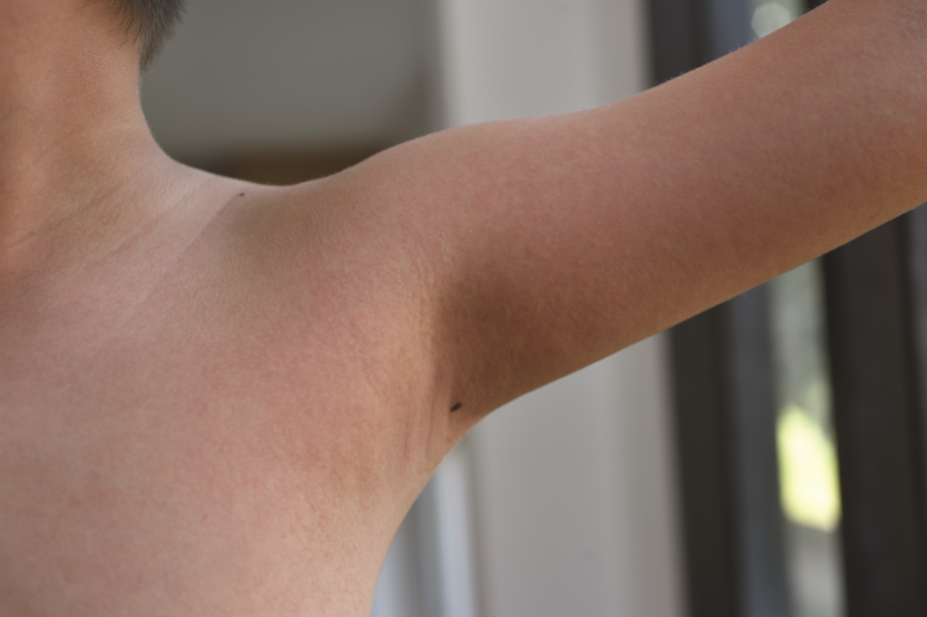
Shutterstock.com
England is experiencing an unprecedented rise in scarlet fever with the highest incidence for nearly 50 years, according to a study published in The Lancet Infectious Diseases
[1]
.
In the study, statutory scarlet fever notifications held by Public Health England between 1911 and 2016 were analysed to identify periods of sudden escalation of the infection, which causes a blotchy, pink-red rash and is most common among children under 10.
The researchers found that population rates of scarlet fever increased by a factor of three between 2013 and 2014, from 8.2 to 27.2 per 100,000. Further increases were observed in 2015 and 2016 when the rate increased to 30.6 and 33.2 per 100,000 respectively.
All parts of England saw an increase in incidence and hospital admissions for scarlet fever increased by 97% between 2013 and 2016.
But, according to the authors of the study, the reasons for this escalation are not currently clear so the priority should be to identify the cause.
There is currently no vaccine against the disease but it can be treated with antibiotics. Anyone diagnosed with scarlet fever is advised to stay at home until at least 24 hours after starting treatment to avoid passing on infection.
References
[1] Lamagni T, Guy R, Chand M et al. Resurgence of scarlet fever in England, 2014-16: a population-based study. Lancet Infect Dis 2017. doi: 10.1016/S1473-3099(17)30693-X


